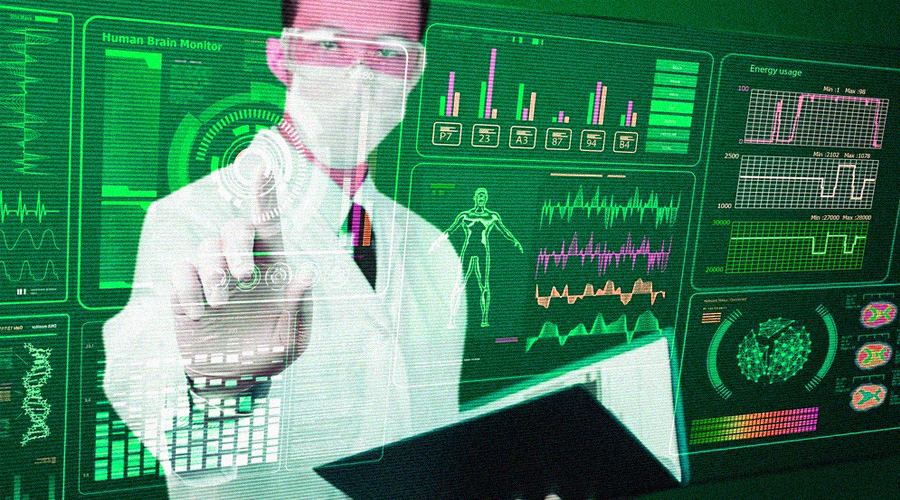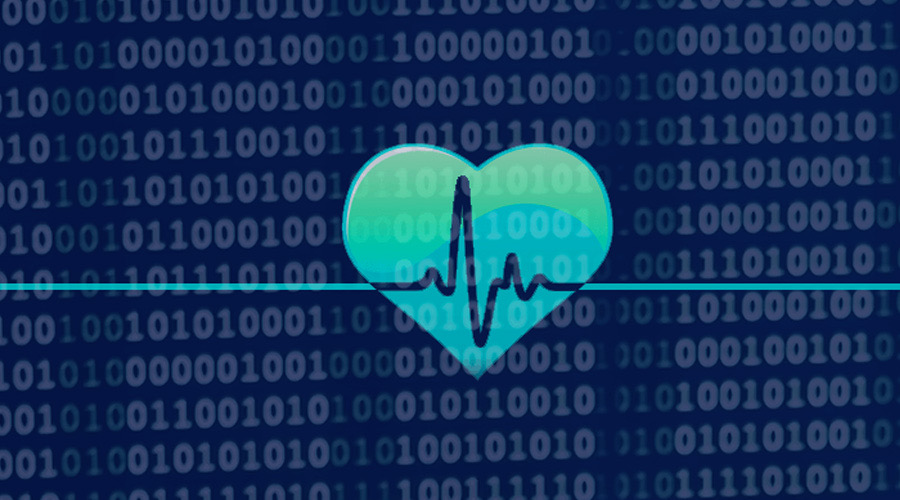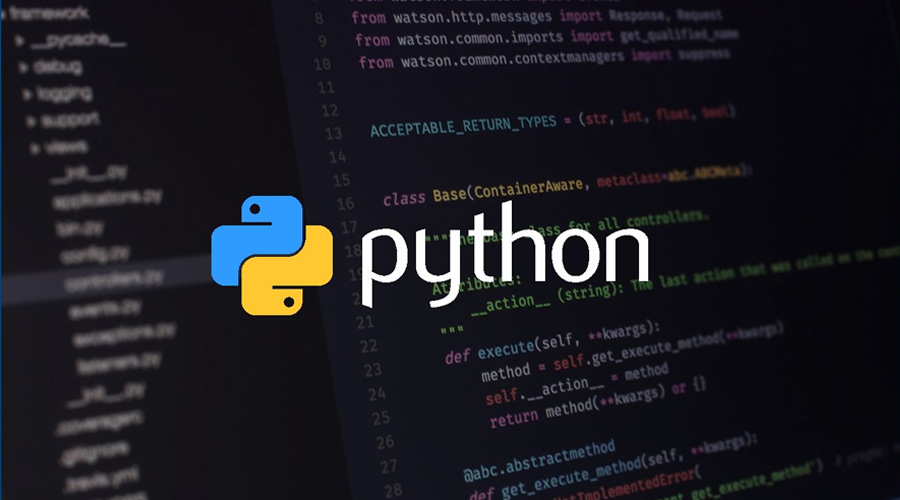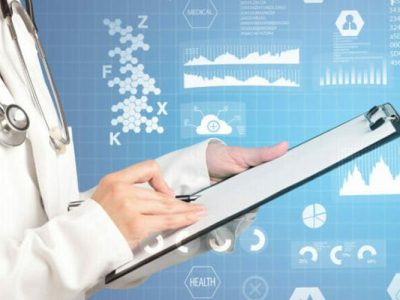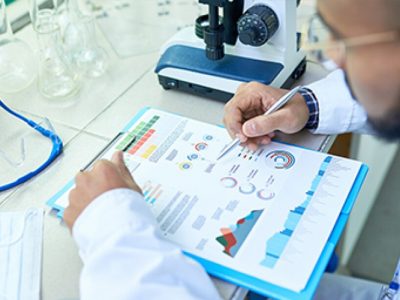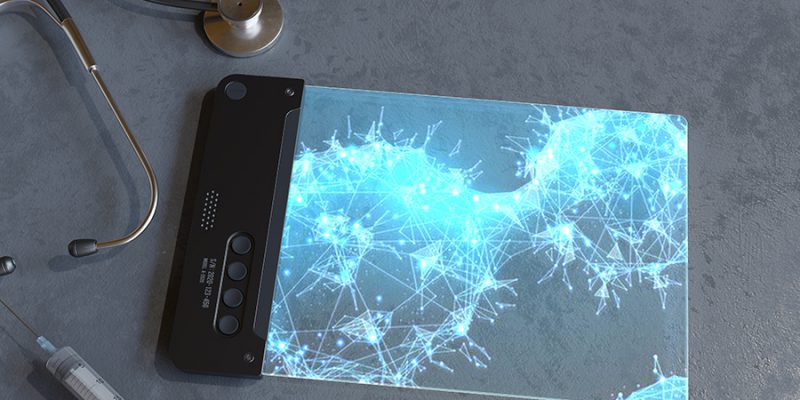
Big data is seen as a quick way to decipher the complexities of cancer
From hospitals to labs, research centres, and monitoring systems, data is have had proved to be very useful in healthcare. Data science helps in clinical research, genomic sequencing, and computational drug modelling. Big data and analytics have a lot of applications in cancer research. In-depth research and regular testing are necessary to derive real value from cancer screening programmes. By doing repeated testing and data analysis, clinical researchers can improve medication design, better understand their features in vivo, and develop novel drug kinds for cancer treatment. It’s no secret that big data is seen as a quick way to decipher the complexities of cancer. Companies are investigating data visualization/analysis technologies to discover innovative methods to cure cancer. Benevolent AI, 10X Genomics, Insilico Medicine and NuMedii have all reached their initial milestones in capturing, collecting, storing and analysing data from cancer cells. 10X Genomics has gone above and beyond to provide whole-genome sequencing, exome sequencing, and single-cell transcriptome analysis services, all of which identify cancer-prone gene sequences in the DNA, mRNA and polypeptide chains. Few others are testing cancer medications in a variety of cellular contexts using larger data frameworks, unique screening methods and high-definition data filtering algorithms.
Clinical Evidences Show that Cancer Relapses Can be Prevented
More and more healthcare practitioners are resorting to data analytics techniques to identify the reasons why some patients display recurrent tumours while others don’t. Doctors are analysing a vast number of case reports to assess patient health risks in a much broader context than previously. While medical case reports have been around for a long time, their accessibility and value have just recently increased. This implies that laboratory data is evaluated after being compared to other internationally reported instances, rather than being submitted to traditional identification techniques. As a result, data is the most important necessity for tailored therapy.
Better Cancer Monitoring through Transcriptome Analysis
Only during cancer-related investigations in the last decade have large databases of screening and experimental data been created. Maintaining marker genes, which are currently the first-hand instruments for oncogene monitoring, drug development, and biocompatibility research, has gained critical relevance. Furthermore, several businesses extrapolate cancer genomic data to study transcriptomes and protein production. This is the key to locating misplaced gene segments and their products, which aids in the tracking of conservative and non-conservative mutations.
Patient Sample Sequencing at the Rise
We live in an era where customised therapy is becoming more popular in healthcare, and cancer is the most promising area for advancement. The emphasis on computational biology, the field of biology that makes healthcare as complex as it is today, has shifted as a result of this push for customised treatment. Professor Olivier Elemento, a Cornell University Computational Medicine expert, points out that because cancer cells are constantly altering, developing, and adapting to human settings, faster next-generation technologies are more important than ever in determining a tumour’s genetic makeup. And it doesn’t stop there; mutation sequences must be recognised, segmented and processed about the gene in question.
Genomes of Other Organisms are being Sequenced.
The genome of Escherichia coli, a single-celled organism, was the first to be sequenced. Plant genomes, such as Arabidopsis thaliana and non-vertebrate genomes, such as those of worms, reptiles and rodents, were then sequenced. Genome sequencing became more important as these creatures become more complicated in terms of knowing a single cell’s ability to govern, sensitise, or ward off malignant cells. It also gave working hypotheses on cancer triggers. Researchers are now analysing real-time data from mouse/chicken hamster ovarian cancer cell lines to supplement or improve cancer detection methods, as well as increase the accuracy of already existing screening assays.
Providing More Information About Disease Risk
Some healthcare data visualisation software applications have been created, such as CancerLinQ, that allow physicians and interventionalists to view high-quality patient medical data. This is significant because it aids in the understanding of prior cancer cases, disease development, and treatment regimens. Doctors are employing screening tools to refer to protected medical data of patients and using it to promote clinical trials, offer individualised treatment regimens and more effectively define the extent of cancer care. Hospitals with high cancer admission rates have begun to use Tumour ID cards, which allow their data to be centralised for clinical review.
Human Cancer Genomes Sequencing
Every cell in our body includes the same quantity of chromosomes and the same number of chromosomes. Cancer cells contain unique chromosomal content and growth abnormalities that may be leveraged in silico to extract information down to the DNA level. This sequencing investigation might help cell biologists, bioinformaticians, molecular biologists and nanobiotechnologists develop more effective strategies for removing chromosomal aberrations, perhaps leading to new treatment alternatives.

